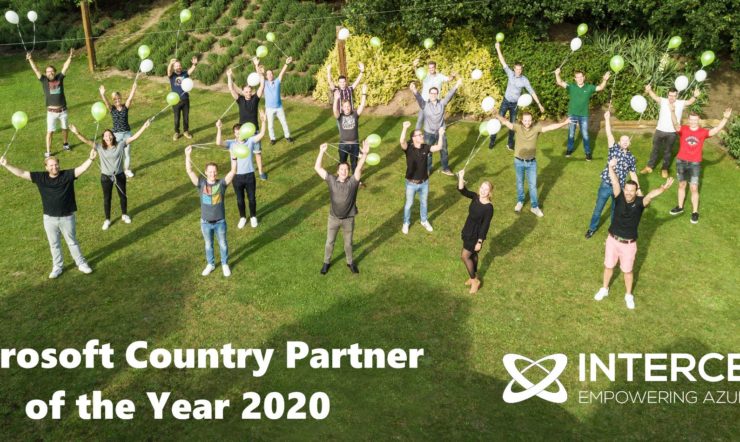The Dutch manufacturing industry is facing major challenges. Manufacturing is a vibrant sector in the Netherlands that has successfully reinvented itself in recent years. Look for instance to the spectacular growth of machine industry. But after several prosperous years, threats are now lurking. Take for example high transport costs, shortages of raw materials and commodities that are becoming increasingly expensive.
Top challenges
What are our main challenges? If you zoom out, you’ll see that most fall into one of these categories:
- The battle for talent
- Being in control of your EBITDA
- The energy transition
The big question is: how do we tackle these top challenges? In this blog post, we will look at the first challenge: the battle for talent. Interested in the other two challenges? Look out for our future blog.
4 ways to win the workforce battle
The manufacturing industry in the Netherlands has been growing the last ten years. That growth is now slowly coming to a halt, or even turning into contraction. Staff shortage is a major cause of this. We talk a lot about ‘lights out factories’, but that mostly applies to greenfield sites. For existing plants, to support growth we need to have an educated workforce.
With a shortage of IT talent in the Netherlands, finding and retaining workers is a challenge across the board. While we fight hard to get the right talent and skills into our organizations, we also need to consider how we can do more with fewer employees in the coming years. How can we handle this?
1. Attracting and retaining talent
According to recent LinkedIn research, employees are still in a position to demand more from their employers when it comes to salary, flexibility and benefits. In the market of today, candidates can choose who they want to work for. It’s crucial that you offer them not just a competitive salary, but the right place to work. That means offering support in finding the right work-life balance – the main priority for candidates in The Netherlands according to LinkedIn. Employers also should give their workforce the opportunity to do challenging and impactful work and offer them flexibility to work when and where they want. Make sure that you:
- Provide them with the cultural environment they’re looking for
- Offer them the right tooling
- Get the collaboration possibilities they need to feel connected and offer them quick access to their peers and other people. Take for example Belgian company Bekaert, that gives employees, contractors and vendors the opportunity to collaborate on a virtual desktop infrastructure (VDI).
2. Doing more with less people
Expanding the existing workforce is hard. So it’s necessary to become smarter and more efficient, think of:
- Eliminating paper trails in certain workflows. You can use for instance Microsoft’s Power Apps platform to achieve this.
- Use IoT and data capturing from the shop floor. You can use that to optimize processes
- Predictive maintenance, which helps you to make sure equipment and machines have a lower downtime and thus are more productive. Take Sandvik for example, the Swedish company that developed a remote monitoring solution that uses cloud technology, AI and data to keep track of its mining and rock excavation machines.
- Remote assistance. Using this you can centralize employees with specific and unique knowledge and they can assist multiple onsite operators who need to be less skilled.
A good example of a company driving greater efficiencies through digital innovation is Rolls-Royce. They embraced digital tools to start a cultural change within the business and implement their vision to be the leading industrial technology company.
3. Ensure faster onboarding
It’s quite the task to get new employees as productive as possible as quickly as possible. Onboarding people the right way is super important. Make sure to have:
- Access to the right information which they won’t have to search for
- Training content they need is readily available
- The right tools and platforms to achieve this. The Microsoft Viva Suite for instance could play a key role in a quick and efficient onboarding
4. Mine your knowledge
In the next five years, 25 percent of the workforce will retire in some factories. The question is: how do you capture the knowledge of these employees? Doing that and storing the information at the right place can make a huge difference in your efficiency and productivity.
The retirement wave is not the only reason to properly mine your knowledge. You can see it a lot in for instance R&D: engineers have a tendency of trying to invent things themselves. There’s a huge opportunity for reuse of certain intellectual property that already exists. Key is managing this properly and quick access for an engineer or other employee so he or she can find out in ten minutes if something has already been done or not.
Smart industry
All the above underlines once again that the transition to smart industry is vital. Technological developments offer opportunities to tackle problems. Learning from each other is important here. In partnership with Flevum, Microsoft, CapGemini and Equinix we have founded the Smart Industry Network Netherlands. The purpose is to bring industry peers together to share experiences and solutions. It offers them the possibility to learn from each other’s best practices and applications.
In our next blog post we will dive into the other two top challenges for Dutch manufacturing: being in control of your EBITDA and fulfilling your duties in the energy transition.
Meanwhile, to help support the core process and requirements of the manufacturing, Microsoft have launched the Microsoft Cloud for Manufacturing. These end-to-end manufacturing cloud solutions include capabilities to help securely connect people, assets, workflow and business processes, empowering organisations to be more resilient.
Join us for the next Smart Industry Network Netherlands Vision meeting with ASML where they will discuss their experiences in process automation.































